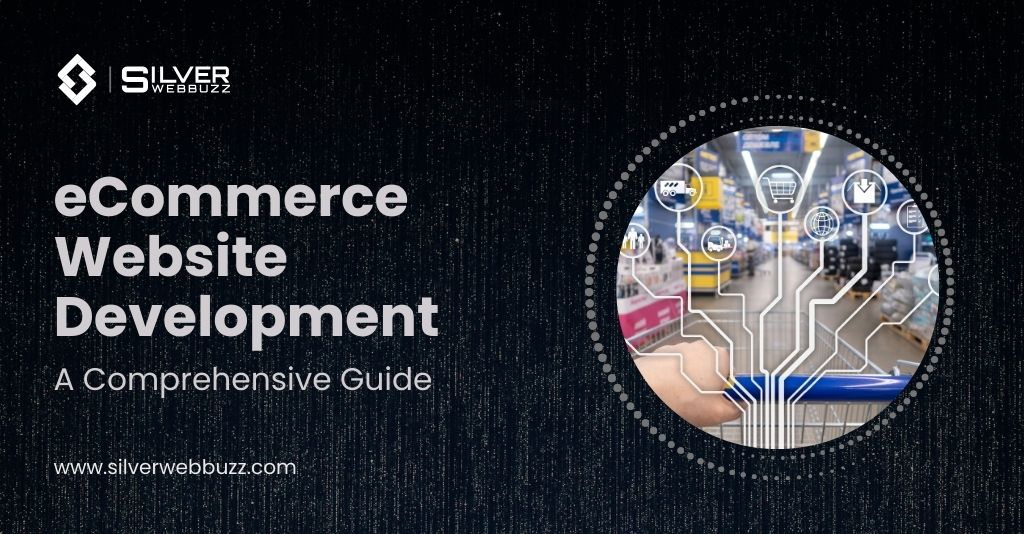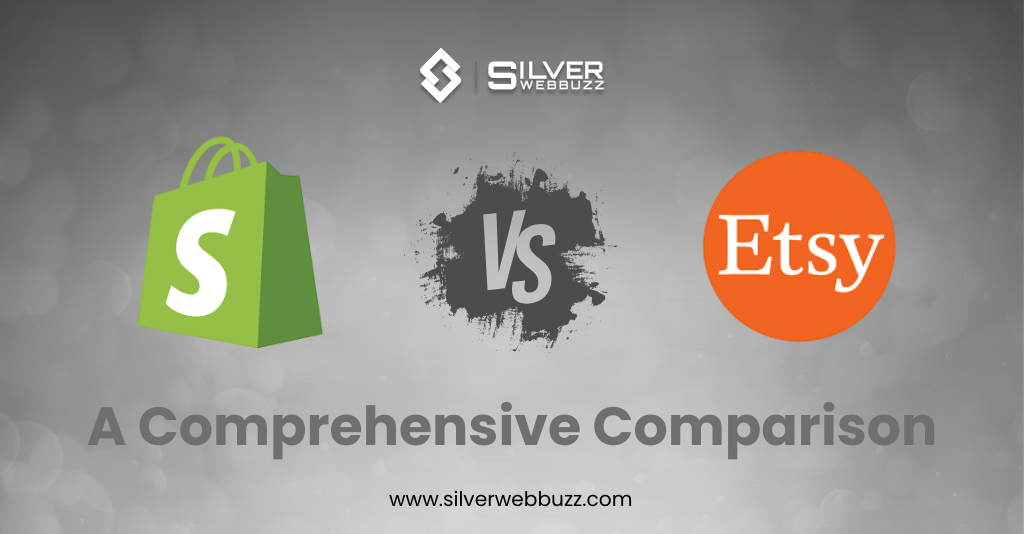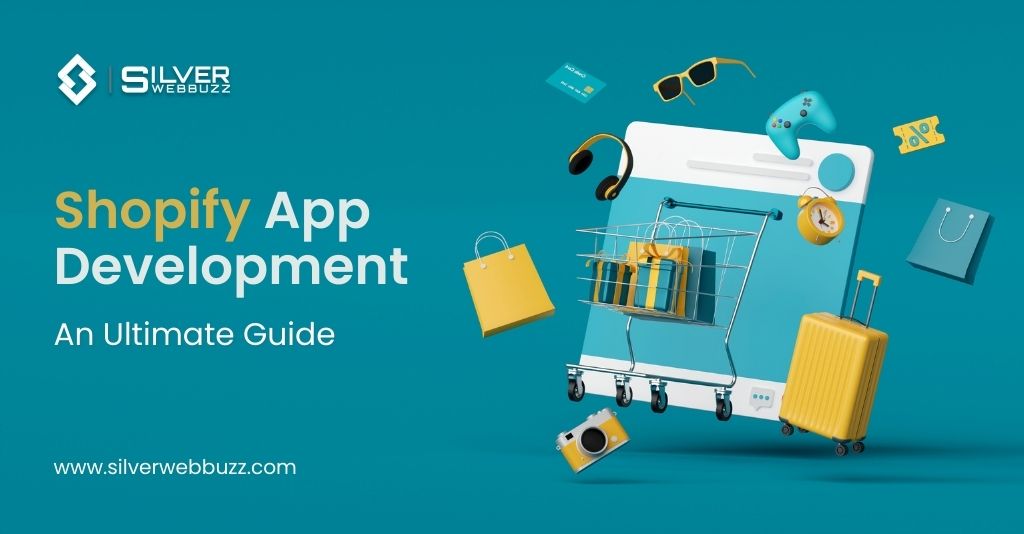Running an online store in today’s competitive market requires flexibility, security, and the ability to scale quickly. This is where SaaS eCommerce (Software-as-a-Service eCommerce) comes into play. Unlike traditional setups that demand heavy IT investment and ongoing maintenance, eCommerce SaaS platforms allow businesses to build, manage, and grow their online stores entirely on the cloud.
By 2025, SaaS-based solutions are expected to dominate the eCommerce landscape because they reduce technical barriers for startups while offering enterprise-grade tools for larger retailers. From startups launching their first product line to global brands handling thousands of daily transactions, SaaS eCommerce platforms deliver the infrastructure needed to stay competitive in digital commerce.
How SaaS eCommerce Works
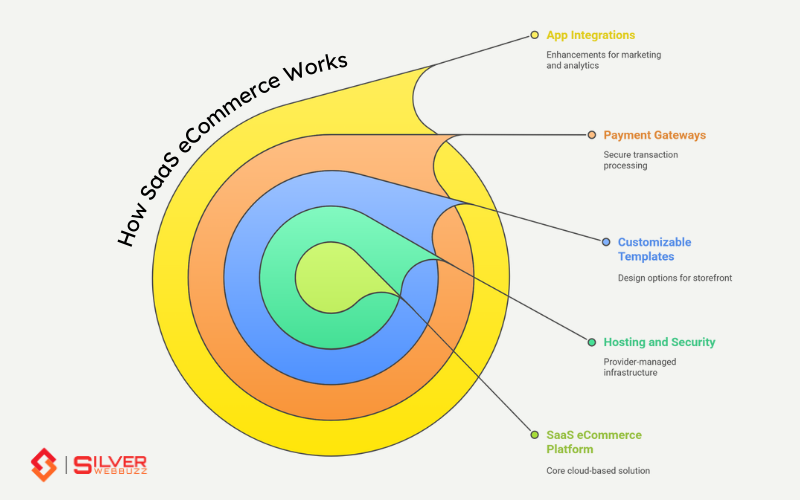
At its core, a SaaS eCommerce platform is a cloud-based solution that provides everything a business needs to run an online store—without requiring installation, coding, or hosting management. Instead of building an eCommerce website from scratch, businesses subscribe to a ready-made software package hosted by the provider.
These SaaS-based eCommerce platforms handle server management, security updates, and feature upgrades automatically. Store owners can focus on adding products, optimizing customer experience, and managing sales while the provider ensures the backend runs smoothly.
A typical SaaS eCommerce setup includes:
- Hosting and security are handled by the provider.
- Customizable store templates to design the storefront.
- Built-in payment gateways for secure transactions.
- App integrations for marketing, shipping, and analytics.
- Automatic updates to keep the store up to date with the latest technology.
In short, SaaS eCommerce works like renting a fully equipped online store. Businesses pay a subscription fee, get access to robust features, and avoid the complexities of managing infrastructure.
Benefits of SaaS-Based eCommerce Platforms
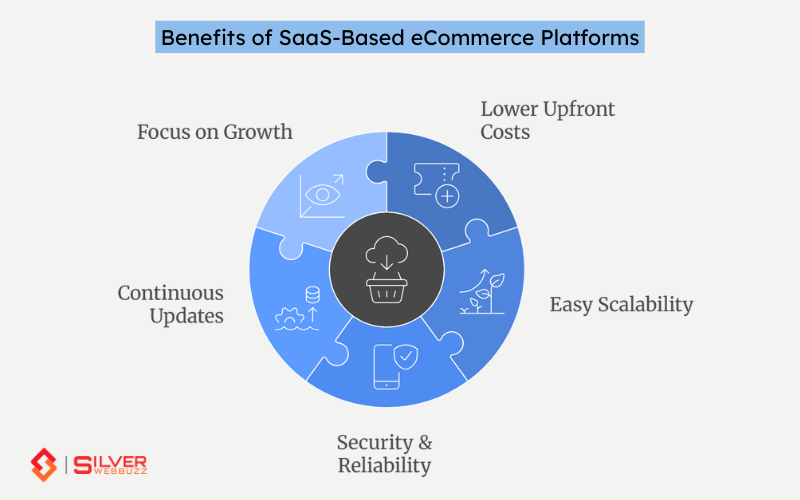
Businesses today demand speed, scalability, and security from their online selling tools. A SaaS-based eCommerce platform delivers these benefits in a streamlined way, making it an attractive choice for both startups and enterprises across industries.
1. Lower Upfront Costs
Traditional eCommerce setups often require significant investments in servers, licenses, and dedicated IT teams. With eCommerce SaaS, businesses only pay a subscription fee that covers hosting, updates, and support. This lowers entry barriers for small businesses while keeping costs predictable for larger retailers.
2. Easy Scalability
As customer demand grows, SaaS eCommerce platforms allow businesses to scale without worrying about infrastructure. Whether handling a seasonal sales spike or expanding into international markets, the cloud ensures websites remain fast and reliable. This flexibility is critical in today’s fast-moving retail environment.
3. Security & Reliability
Most SaaS eCommerce platforms are equipped with enterprise-grade security, including SSL certificates, PCI compliance, and automatic backups. This protects sensitive customer data while reducing risks related to fraud or downtime. Retailers benefit from a more reliable and trustworthy shopping experience.
4. Continuous Updates
Unlike open-source solutions that require manual patching, SaaS providers automatically roll out the latest features, integrations, and security fixes. Businesses stay ahead of trends—such as mobile-first shopping or AI-driven personalization—without needing additional development resources.
5. Focus on Growth
Since providers handle hosting, performance, and technical maintenance, store owners can devote more time to what truly matters—growing their brand, building customer loyalty, and optimizing marketing campaigns. This makes SaaS-based eCommerce platforms a strategic choice for long-term success.
Popular SaaS eCommerce Platforms
The eCommerce market is filled with powerful SaaS solutions, but a few platforms stand out for their reliability, flexibility, and global adoption. Choosing the right eCommerce platform depends on the size of your business, budget, and customization needs.
1. Shopify
Shopify is one of the most widely used SaaS-based eCommerce platforms, powering millions of online stores worldwide. Known for its ease of use, it offers ready-to-use themes, built-in payment processing, and a vast app marketplace, which are the top benefits of shopify. It is ideal for startups and small businesses that want to launch quickly without heavy technical involvement. and also check the top shopify alternatives.
2. BigCommerce
BigCommerce provides a more scalable option, particularly for mid-sized businesses and growing retailers. It supports multi-channel selling across marketplaces like Amazon, eBay, and social media platforms. With strong SEO features and advanced APIs, BigCommerce appeals to businesses looking for flexibility and growth.
3. Salesforce Commerce Cloud
Salesforce Commerce Cloud is designed for enterprises that need advanced features, AI-driven personalization, and support for both B2C and B2B eCommerce. Its deep integration with Salesforce’s CRM makes it a strong choice for brands that want a unified customer experience across sales and marketing.
4. Wix eCommerce
Wix offers a user-friendly drag-and-drop builder, making it perfect for entrepreneurs and small retailers. While not as advanced as Shopify or BigCommerce, it provides a cost-effective entry into eCommerce SaaS with essential features for product listings, payments, and marketing.
5. Adobe Commerce (Magento SaaS)
Adobe Commerce has transitioned into SaaS offerings, giving businesses a mix of customization and scalability. It is better suited for brands with complex product catalogs and international operations that need more control over their store environment.
Each SaaS eCommerce platform has unique strengths—Shopify for ease, BigCommerce for scalability, Salesforce for enterprises, Wix for affordability, and Adobe Commerce for customization. Businesses should evaluate based on their growth stage and digital strategy.
SaaS B2B eCommerce
While SaaS platforms are often associated with retail and direct-to-consumer (D2C) stores, they are increasingly critical for B2B eCommerce as well. Wholesalers, distributors, and manufacturers now need digital platforms that can manage bulk orders, complex pricing models, and long-term customer relationships.
A SaaS B2B eCommerce platform offers advanced features tailored to these needs:
- Custom pricing tiers for different buyers.
- Bulk ordering tools to simplify large transactions.
- Account management dashboards for business customers.
- Integration with ERP and CRM systems to unify operations.
The biggest advantage for B2B companies is flexibility. SaaS solutions let them adopt modern eCommerce without heavy infrastructure costs, making it easier to compete with digitally advanced competitors.
For example, platforms like Salesforce Commerce Cloud and BigCommerce B2B Edition offer out-of-the-box tools for managing large orders, contract pricing, and buyer-specific catalogs. These features empower B2B sellers to deliver a personalized, Amazon-like experience to their clients.
In short, SaaS eCommerce solutions are no longer just for retail—they are shaping the future of business-to-business commerce by providing efficiency, scalability, and customer-centric experiences.
SaaS vs Open Source eCommerce
When comparing SaaS eCommerce platforms with open-source eCommerce solutions, the core difference lies in ownership, maintenance, and flexibility.
Hosting & Maintenance:
SaaS platforms (like Shopify or BigCommerce) provide fully hosted solutions where the vendor manages servers, updates, and security. In contrast, open-source platforms (like Magento Open Source or WooCommerce) require the business to handle hosting, software updates, and ongoing maintenance.
Cost & Scalability:
SaaS eCommerce operates on a subscription model, offering predictable monthly fees and built-in scalability. Open-source solutions may appear cost-effective initially but often involve higher long-term expenses for hosting, developers, and maintenance.
Customization & Flexibility:
Open-source platforms offer more control over code and design, making them ideal for businesses needing highly customized solutions. SaaS platforms provide pre-built integrations and themes but have limitations on back-end modifications.
Security & Compliance:
SaaS providers typically handle PCI compliance, SSL certificates, and data security as part of the service. Open-source systems place security responsibilities on the business, which can increase operational risks without dedicated technical resources.
SaaS eCommerce suits businesses that prioritize ease of use, fast deployment, and predictable costs. Open-source solutions are better for companies with in-house technical teams and a need for deep customization.
How to Choose the Right SaaS eCommerce Solution
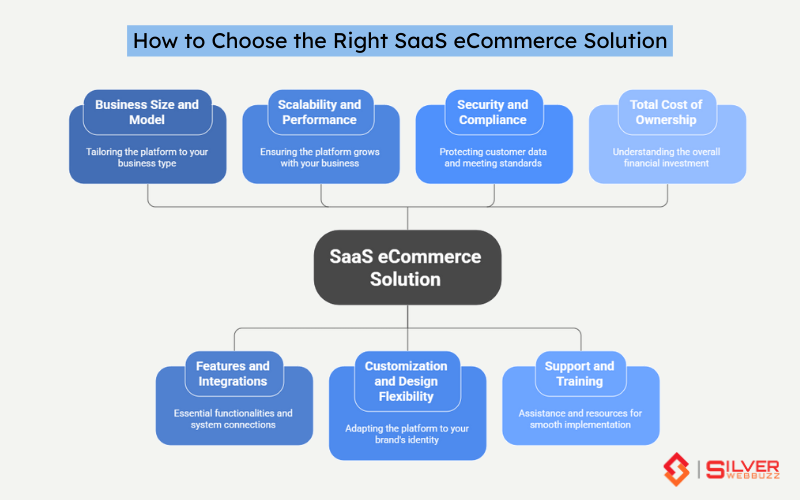
Selecting the right SaaS eCommerce platform is a critical decision that impacts your business growth, customer experience, and operational efficiency. The following factors can guide your choice:
Business Size and Model
Identify whether your store is B2C, B2B, or hybrid. Platforms like Shopify excel in B2C, while BigCommerce and Salesforce Commerce Cloud cater strongly to B2B and enterprise-level needs.
Features and Integrations
Look for built-in features such as inventory management, multichannel selling, and payment gateways. The best SaaS platforms also support integrations with CRM, ERP, and marketing automation tools for seamless operations.
Scalability and Performance
A good SaaS eCommerce solution should scale with your business. Evaluate performance under high-traffic conditions, uptime guarantees, and global content delivery networks (CDNs).
Customization and Design Flexibility
While SaaS platforms are less customizable than open-source solutions, some offer robust APIs, theme editors, and app marketplaces to extend functionality. Choose one that matches your brand’s look and feel.
Security and Compliance
Ensure the provider includes PCI compliance, SSL certificates, and data protection features to safeguard customer information. This is especially important for businesses operating internationally.
Support and Training
24/7 technical support, onboarding, and training resources reduce downtime and speed up implementation.
Total Cost of Ownership (TCO)
Compare subscription plans, transaction fees, and additional costs, such as apps or premium themes. A transparent pricing model helps forecast future expenses.
The best SaaS eCommerce platform aligns with your growth goals, offers robust integrations, and minimises technical overhead, freeing your team to focus on sales and customer experience.
Conclusion
SaaS eCommerce has emerged as the preferred model for businesses in 2025 because it combines speed, scalability, and security with lower operational overhead. By offloading hosting, maintenance, and compliance to the provider, companies can focus on growth, marketing, and customer experience instead of technical management.
Compared to traditional or open-source platforms, eCommerce solutions reduce time-to-market, streamline upgrades, and offer access to constantly evolving tools and integrations. This agility is especially valuable for B2B, B2C, and hybrid businesses looking to compete globally.
If you’re planning long-term expansion, don’t miss our guide on the Best eCommerce Growth Strategy. With predictable pricing, reliable infrastructure, and built-in security, SaaS platforms are positioned to dominate the eCommerce ecosystem in the years ahead. Businesses that adopt these solutions early gain a competitive edge through faster innovation and stronger customer engagement.


